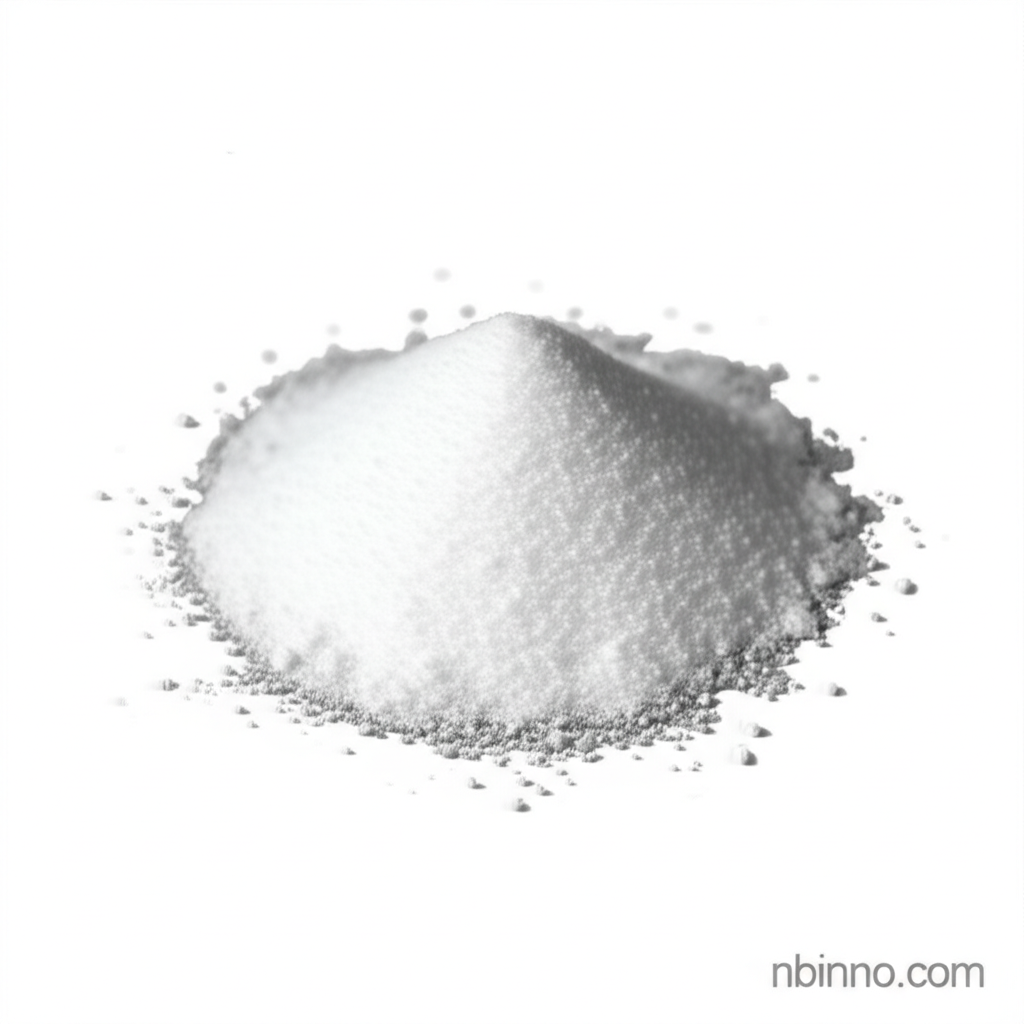High-Purity 4-Carboxyphenylboronic Acid: A Versatile Building Block for Advanced Synthesis
Unlock complex molecular structures with our high-value bifunctional reagent for cutting-edge chemical applications.
Get a Quote & SampleProduct Core Value

4-Carboxyphenylboronic Acid
4-Carboxyphenylboronic Acid is a high-value bifunctional reagent featuring both carboxylic acid and boronic acid groups in the para-position. This white crystalline powder serves as a versatile building block for Suzuki coupling reactions and advanced material synthesis, enabling the creation of complex bioactive molecules and drug intermediates.
- Explore the versatility of 4-carboxyphenylboronic acid properties in your synthesis projects.
- Learn how to utilize 4-boronobenzoic acid synthesis for efficient cross-coupling reactions.
- Discover the benefits of using boronic acid for Suzuki coupling in material science applications.
- Understand the broad applications of carboxylic acid derivatives in creating novel compounds.
Advantages Offered
Enhanced Reactivity
The para-substitution pattern of this fine chemical building block provides excellent reactivity in cross-coupling reactions, facilitating efficient chemical transformations.
Molecular Linearity
Maintain molecular linearity during synthesis, crucial for advanced material design and pharmaceutical intermediate development with boronic acids.
Broad Applicability
This versatile reagent is instrumental in the synthesis of metal-organic frameworks, polymer modification, and the development of diagnostic sensors.
Key Applications
Suzuki Coupling Reactions
Leverage the power of boronic acid for Suzuki coupling to create complex carbon-carbon bonds, essential in modern organic synthesis.
Advanced Material Synthesis
Utilize this compound as a key component in the creation of novel materials with tailored properties, including polymer modification.
Drug Intermediate Development
Facilitate the synthesis of complex bioactive molecules and crucial drug intermediates, accelerating pharmaceutical research and development.
Diagnostic Sensors
Employ this reagent in the development of sensitive diagnostic sensors, contributing to advancements in medical diagnostics and research.
